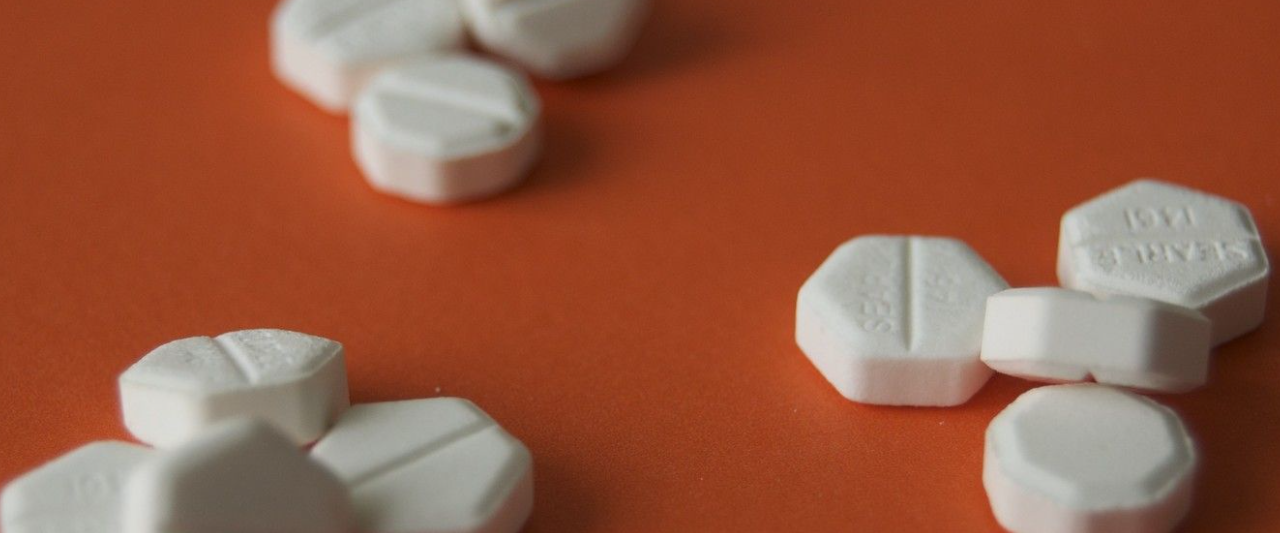Study 1: Systematic literature review
Published in Reproductive Health
Conducted by Ipas and ProFamilia Colombia, this systematic literature review evaluated the effectiveness of self-managed medication abortion provided through telemedicine for pregnant people at up to 12 weeks of pregnancy.
Main takeaway
Research on the effectiveness and safety of medication abortion provided through telemedicine is crucial for decisionmakers to justify its implementation and widespread adoption. This systematic literature review and meta-analysis evaluated the effectiveness, safety, satisfaction, and acceptability of self-managed and telemedicine-guided medication abortion.
— Dr. Guillermo Ortiz, co-lead researcher and Ipas senior medical advisor
Why it matters
The findings of this extensive study reinforce WHO’s endorsement of telemedicine as an important and effective way to broaden access to critical sexual and reproductive health care.
Key findings
- This study reviewed 21 articles published between 2011 and 2022; 20 were observational; 1 was a randomized clinical trial. These studies covered a total of 208, 090 cases; 152, 034 for telemedicine care and 56,056 for in-person (standard) care. Our meta-analyses show that there were no significant differences in the occurrence of adverse events or in patient satisfaction when comparing telemedicine and standard healthcare delivery.
- In the studies focused on telemedicine patients, the average effectiveness was 91.9%.
- The average satisfaction rate among telemedicine users was 99.3%, while it was 98.2% among standard users.
- No differences were found in the occurrence of surgical interventions, blood transfusions, or hospitalization rates following medication abortion.
- Among studies, one prospective study reported a reduction of 4.2 days in the waiting time to treatment for medication abortion via telemedicine when compared to standard care.
Noteworthy
While not all the studies explore the quality of telemedicine abortion services, some show that the average satisfaction rates with medical abortion for both telemedicine users (99.3%) and in person-users (98.2%) are high.
Study 2: Retrospective cohort study in the Latin America context
First-trimester medication abortion via telemedicine: A retrospective cohort study
Published in Public Health in Practice
Conducted by Ipas and ProFamilia Colombia, this retrospective cohort study looked for evidence concerning the effectiveness and safety of tele abortion in the Latin American context.
Main takeaway
Telehealth is an important strategy to expand access to safe abortion care, but scientific evidence on medication abortion via telemedicine has been scarce for Latin America.
— Dr. Guillermo Ortiz, co-lead researcher and Ipas senior medical advisor
Why it matters
Most studies of the effectiveness and safety of abortion via telemedicine have come from developed countries. This study sought to determine if medication abortion in the first trimester via telemedicine is also safe and effective in the Latin American context.
Key findings
- This study analyzed data from 3,073 people using ProFamilia’s telemedicine abortion services between August 2021 and August 2022.
- The majority lived in urban areas, had a high school education, were covered by compulstory health insurance, were single, and had no ethnic affiliation. 88.3% started treatment before the 8th week of pregnancy and 49.9% had a previous pregnancy.
- Of the 1,247 people who had an abortion and confirmed results, 1,184 (94.4%) had a successful medication abortion. The remaining 63 users required procedural abortion.
- The 94% rate of successful medication abortions is a rate similar to those reported in studies that have examined telemedicine either separately or compared it with in-person care in countries such as the United States, Australia or Mexico.
Study 3: A large-scale telemedicine study over one year
Published in Contraception
Conducted by Ipas and ProFamilia Colombia, this study followed 23,362 people who had abortions with pills over one year—a large sample size that is rare in similar research.
Main takeaway
Around the world, people struggle to obtain safe abortions, particularly underserved populations, and finding new ways to make abortion accessible remains a challenge.
This large-scale study gives undeniable evidence that abortion with pills provided through telemedicine is just as effective and safe as when provided in person.
— Dr. Guillermo Ortiz, co-lead researcher and Ipas senior medical advisor
Why it matters
Telemedicine for abortion expands access for people seeking abortion services, particularly in underserved areas. As of 2022, the World Health Organization recommends telemedicine as an alternative to in-person visits for delivering medication abortion services.
This study demonstrates that telemedicine can provide medication abortion services safely and effectively, with no significant differences in success rates or complications compared to in-person care. This research supports the potential for telemedicine to break barriers to abortion care, especially for people with disadvantaged socioeconomic and educational backgrounds.
This study is a significant step forward in proving that telemedicine is a viable and safe option for abortion with pills. It provides compelling, large-scale evidence for advocacy efforts, with an approach that can be replicated in other countries across Latin America and the Caribbean.
Key findings
- People using telemedicine were mostly from urban areas, had lower incomes, and were often single.
- In-person care users most often had higher education levels and private insurance.
- Both telemedicine and in-person care had over 93% success rates for abortions up to 12 weeks.
- For pregnancies up to nine weeks, the effectiveness was around 95%, similar to other studies.
- The complication rate was less than 1%, with zero deaths reported.
- The study also confirmed that women can accurately determine how far along their pregnancy is without an ultrasound.



